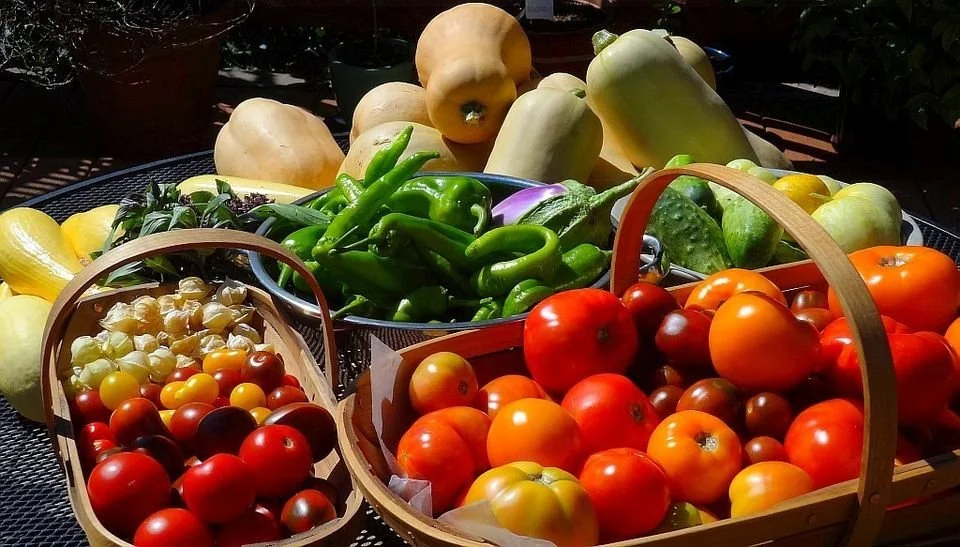Veganic Gardening Overview for the Home Gardener
By Stephanie Lucas
Many people are unaware that it's possible to garden without animal inputs and that doing so is easy and inexpensive. A sad irony for vegans is that many conventional, organic and even homegrown fruits and vegetables are fertilized with factory farmed manures and slaughterhouse by-products. However, the happy truth is that, just as we don't need to eat meat, eggs and milk to be healthy, we don’t need the blood, bones, flesh, feathers, nor even manure of animals to grow healthy plants.
Are your veggies carnivores?
Most conventional, organic and backyard garden produce is commonly grown with factory farm and slaughterhouse by-products, such as bonemeal, bloodmeal, feathermeal, fishmeal, egg byproducts (ground up live male chicks), and tankage (a euphemism for everything left over), plus animal manures from these and other sources.
Why is this a problem?
Using these animal by-products creates a potential public health risk for spongiform encephalopathies (Mad Cow Disease) and possibly other zoonotic diseases, plus contamination of produce by E.coli, salmonella, campylobacter, listeria, etc.--not to mention the potential residues of hormones, antibiotics, pesticides, heavy metals, and parasites commonly found in manures.
Isn't it natural to use manures and decomposing tissues as fertilizer?
In natural systems the vast majority of topsoil originates from decomposing plant material, such as leaf and needle litter in forests, and the decomposition of herbs, grasses, and shrubs in open areas. All soils and their nutrients originate from plant life. Cycling plant material through animals for fertilizer is not only unnecessary, but inefficient and ultimately non-sustainable.
Isn't it difficult to garden using veganic techniques?
Not at all. Using a no-till/rotational method of cultivation, with top dressings of compost and mulch, plus incorporating green manures into the soil is the easiest, healthiest method of growing produce.
What if I need to amend my soil?
It is easy to make up an animal-free fertilizer mix. The ingredients are found in bulk at several local nurseries. Steve Solomon's recommendation:
5 parts alfalfa meal
2 parts rock phosphate
1 part kelp meal
1 part granite dust (or green sand)
Also dolomite and gypsum can be added for calcium and pH balance as needed. One can make a liquid fertilizer by putting weeds (e.g., comfrey, dock) and other vegetable matter in a covered bucket of water, allow it to decompose, and apply diluted (the color of tea) on a weekly basis. Commercial or home-made kelp tea is also greatly beneficial, as it contains growth stimulators and is rich in minerals. Lastly, if one has no room for a compost bin, it is easy to "compost in place" by shallowly burying vegetable and fruit scraps directly in the garden prior to the planting season or between rows if plants are already growing.
How can I improve my soil's tilth?
The most common method is to plant green manures. In the fall one can plant crimson clover, Austrian field peas, and fava beans. Bacteria on the nodules of these legumes fix atmospheric nitrogen into the soil. Cover crops in general provide organic matter and help improve the soil's tilth. In the spring prior to planting pull, chop and work these crops into the soil. Buckwheat is a quick growing cover crop that can be grown and tilled into any bare spot throughout the growing season. Tree leaves are an important source of carbon and minerals. In the autumn rake up and bag (moist) leaves. Your neighbors, who no doubt view them akin to trash, will be happy to have you take them off their hands. However, don't use leaves from the street, as they may be contaminated, plus avoid walnut and horse chestnut, as they inhibit plant growth. Bagged moistened leaves will slowly decompose by fungal growth and will turn into mineral-rich leaf mold. This can be worked into the soil or used as mulch; it also works well as potting soil. One can also mulch or compost grass clippings--again take your neighbor's if no pesticides have been applied. And when available, use chipped, green branch wood as a mulch. Applied to the surface, it will slowly decompose without tying up nitrogen and will gradually be incorporated into the soil structure. For heavy soil some people also use perlite, coarse sand, and coconut coir. Lastly, do not compact your soil by walking on it.
Pee-Cycling
One of the most effective and available sources of plant nutrition that is often overlooked is one’s own urine. Although not plant-based, it’s certainly non-exploitive, sustainable and a free source of nitrogen, phosphorus, potassium and many trace minerals. Research has shown that it’s pH neutral and provides a balance of nutrients needed by most vegetables and fruits. Urine, as it exits the body of a healthy human being is sterile and creates no health risks. It can be used fresh from its source and applied directly to the soil around shrubs, trees and garden vegetables. Water it in well or apply diluted (sources say 3:1 up to 10:1 water to urine) - particularly with seedlings or potted plants, due to the potential build-up of salts. The addition of urine, incidentally, is an excellent way to heat up your compost pile. During the growing season apply a small amount (approx. 1/4/ to 1/2 cup) to established plants every other week or so as needed and stand back. The results can be amazing!

